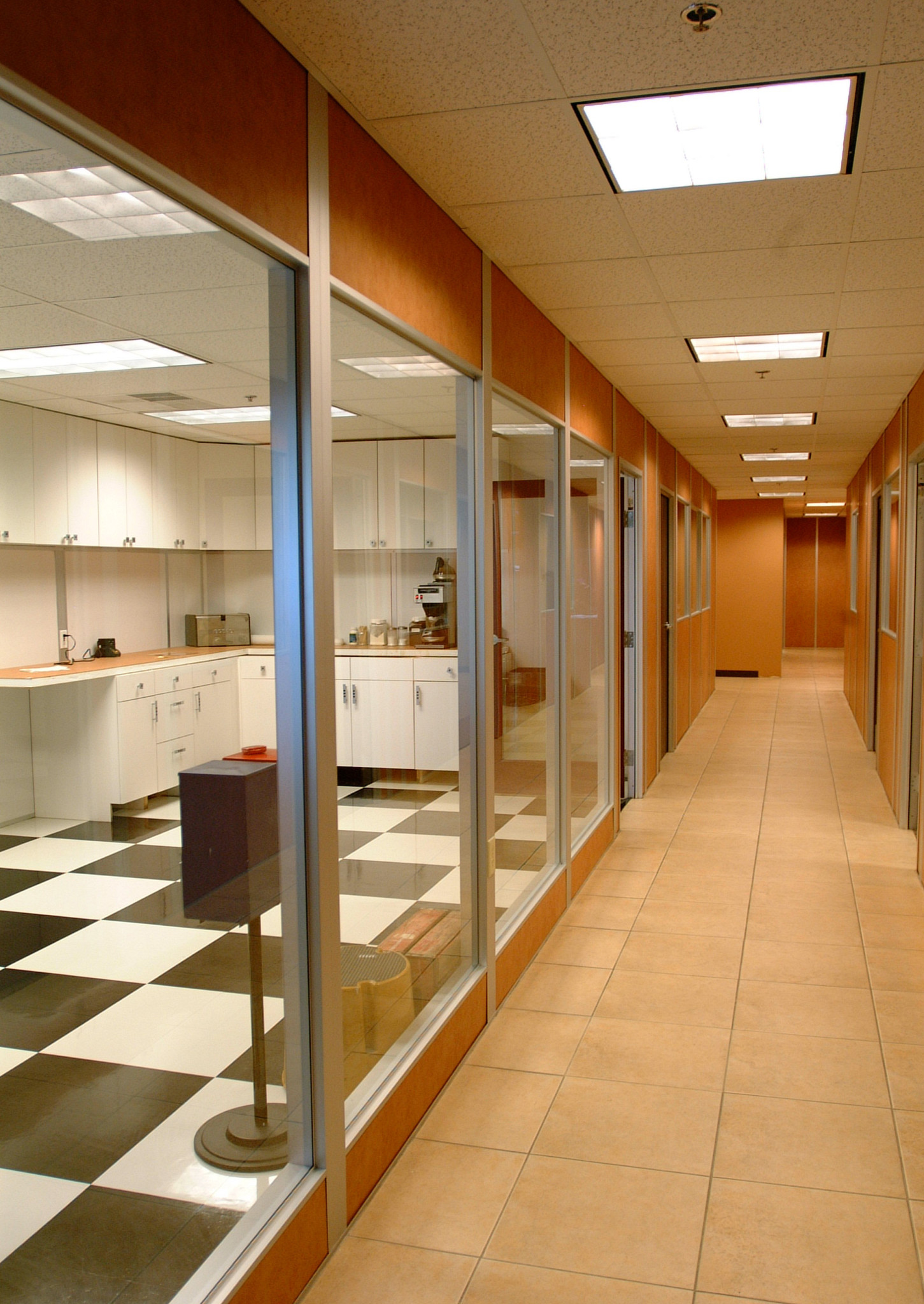So why even choose to fabricate plastic materials? To begin with, plastic production generally has the advantage of having comparatively quick completion times, and unlike the majority of materials there is also the option of colouring plastic prior to manufacturing, rather than after. www.display-warehouse.co.uk Its significant malleability means that it possesses a reasonably low melting temperature, and it’s also far more light and portable than many other resources – both of these factors simplify the manufacturing process. Furthermore, plastics are comparatively inert and hence possess high chemical resistance. In spite of these advantages, plastic material is however not suitable for uses which need a high physical integrity, and it is extremely susceptible to damage in the long-term.
CNC Machining
CNC machining is a computer regulated subtractive procedure, that eliminates material from plastic in order to generate the chosen form. The computer is high-tech, with the ability to convert a model into numbers using a computer aided design software system. The figures are then able to control the machine to cut the desired form. To setup, the machines require an intermediate stage in the development and validation of tool paths. As soon as the machine is provided with the tool paths, the subtractive procedure is started. When the assembly is finished, the component part is cleansed, smoothed, and cut.
For low quantity plastic component applications that require tight tolerances and shapes which are difficult to mould, machining is appropriate. CNC machining even offers low to moderate initial costs, and can also turn out top of the line plastic parts with short completion times. Even so, with increased product sophistication, the price per part increases. In addition, the process demands tool access allowances, and a number of designs, for instance those with rounded internal channels, are near-impossible to make using CNC manufacturing.
Introduction To Vacuum Formation
Vacuum formation is a process in which plastic material is warmed and moulded, commonly working with a mould. The scale and sophistication of vacuum-forming machines range between affordable desktop devices to advanced production equipment.
It can be appropriate for any project, ranging from tailor-made designs to large-scale fabrication, taking into consideration the large choice of machinery available and that automation is undoubtedly an option when necessary. However, there is minimum versatility in the different kinds of shape it can create, and is also unfortunately only competent to generate parts with simple geometries. When compared with other techniques, tooling prices are low, since vacuum formation only requires minimal forces and pressures. Commonly, for modest production sizes the moulds are created from Three-dimensional printed resin, or possibly plaster, and then for higher production sizes more robust equipment made of metal is used. This article acrylic machining offers quite a bit more information on the main topic of acrylic pressure forming.

Leave a Reply